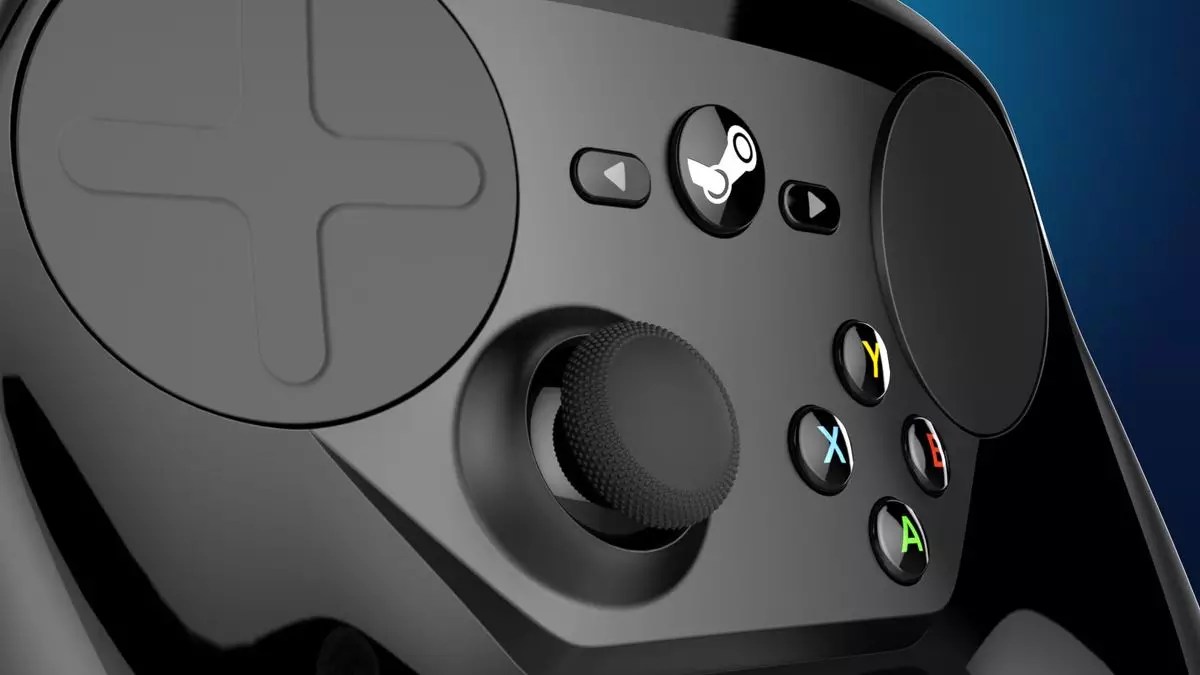The gaming industry has always been a hotbed of innovation, experimentation, and sometimes polarizing ideas. High-profile projects can garner passionate followings, yet their existence isn’t always justified by their commercial success. The original Steam Controller, for instance, had a complicated legacy. Though it was discontinued in 2019, chatter about its second iteration suggests that Valve may be keen on attempting another entry into the hardware arena. But is the world ready for a Steam Controller 2?
The original Steam Controller attempted to bridge the gap between keyboard-and-mouse precision and traditional gamepad comfort. It featured unique elements like dual trackpads, gyro movement, and customizable configurations. Enthusiasts lauded its versatility, arguing that it allowed for mouse-like control in games typically dominated by keyboard use. However, the controller was not without shortcomings.
One of the significant limitations of the original design was its lack of official profiles. Gamers were required to seek out community-created configurations to find setups that worked well for them. This often led to frustration and inconsistency, especially for those who were not tech-savvy. Moreover, the general build quality left much to be desired, which adversely affected its market acceptance. While Valve has shown significant improvement in build quality in their later products, the original Steam Controller’s legacy is clouded by these issues.
As rumors swirl around a potential Steam Controller 2, codenamed “Ibex,” it seems we might be approaching a new chapter. But what makes this upcoming iteration different from its predecessor? According to leaker Brad Lynch, production is already in progress, yet details are scarce. Will Valve produce the controller in-house, or will they enlist third-party manufacturers? The absence of clarity surrounding these questions raises skepticism about whether Valve has truly learned from past missteps.
Back in 2022, a glimmer of hope emerged when Steam Deck designer Lawrence Yang expressed optimism about a second controller, albeit with the caveat that it required planning. Given that the original Steam Controller coincided with Valve’s struggles to find a foothold in the console market, there’s a chance that timing now aligns favorably for entering the gaming hardware landscape once more.
The gaming ecosystem has dramatically evolved, particularly concerning the way users engage with their systems. Remote play and an increase in handheld devices have paved a new pathway for couch gaming. These innovations could provide a genuinely supportive environment for the Steam Controller 2, especially as more gamers invest in gaming setups that embrace flexibility and convenience.
What was once considered a niche for Steam Machines and couch gaming is now permeating the mainstream. The success of handheld consoles, mobile streaming applications, and widescreen TVs capable of screen mirroring has opened doors for a new kind of interaction. The landscape now accommodates varying gaming preferences, making it an opportune time for a controller designed to maximize this experience.
If Valve hopes to avoid the pitfalls of its predecessor, it must engineer the Steam Controller 2 to resonate with today’s audience. This could mean stepping away from the dual trackpad design, which some gamers found cumbersome, and opting for a more traditional design that incorporates elements from contemporary setups—perhaps a thumbstick and trackpad combination akin to that of the Steam Deck.
However, even if Valve does retain some of the previous design features, today’s gaming community is more primed for acceptance. With an emphasis on gaming diversity and inclusivity, there stands a chance that a well-engineered Steam Controller 2 could carve out a niche, particularly among those eager to explore unconventional input devices.
There remains a palpable buzz around the idea of a new Steam Controller. However, it begs the question: does Valve’s new venture cater to a genuine need, or is it a characteristic case of technological nostalgia? While some skeptics argue that gamers have ample alternatives with more conventional controllers, a compelling and well-designed Steam Controller 2 could serve as a refreshing addition—contingent, of course, upon it addressing the earlier iterations’ shortcomings.
The silhouette of the original Steam Controller lingers in many minds, but the appetite for innovation is insatiable in the gaming community. If Valve manages to strike the perfect balance between nostalgia and modern necessity, the Steam Controller 2 could not only recover its predecessor’s legacy but redefine the landscape of gaming input devices altogether.
As we wait for more detailed revelations about the Ibex, the excitement is palpable. Should Valve remain ludicrously innovative while also distinguishing this new controller from past iterations, it has the potential to engender a fresh wave of gaming experiences. The countdown to see if they can deliver on these high hopes is already underway.


Leave a Reply